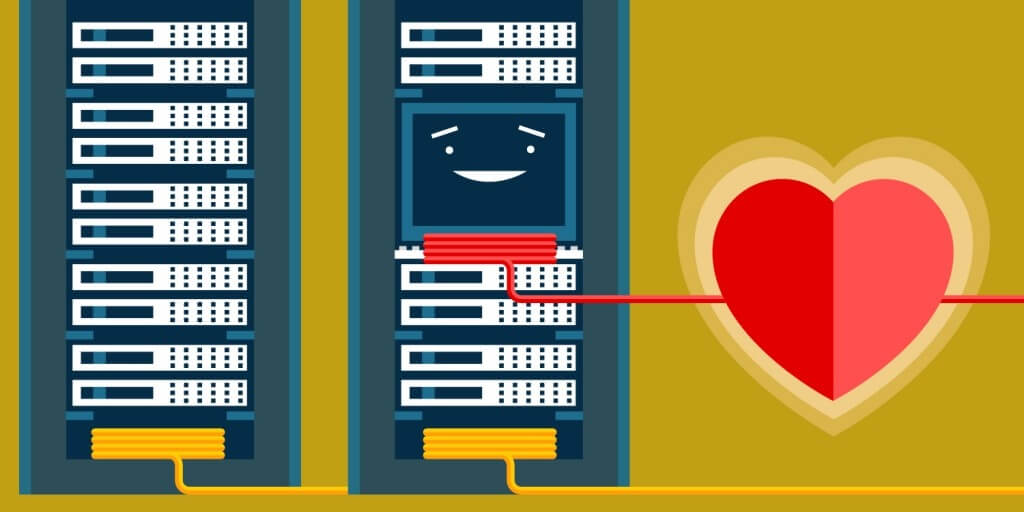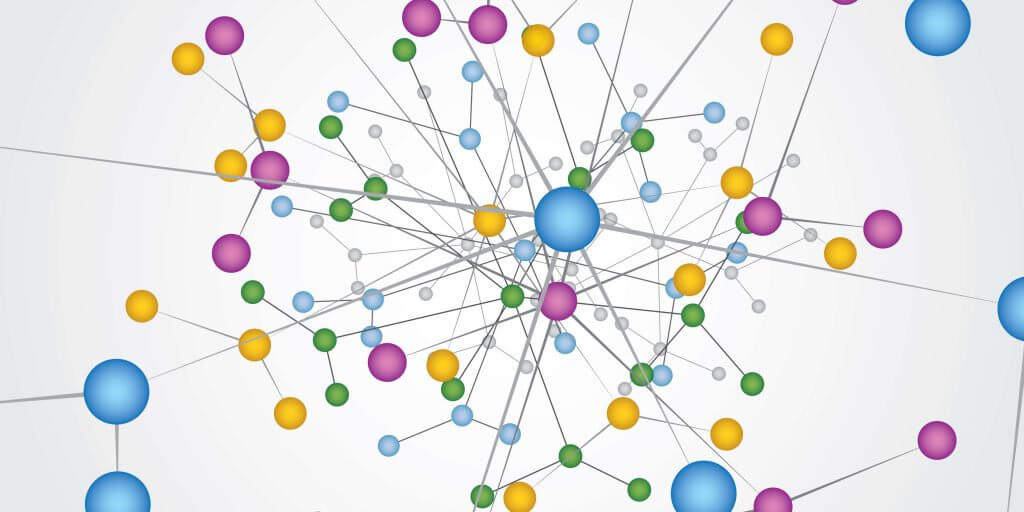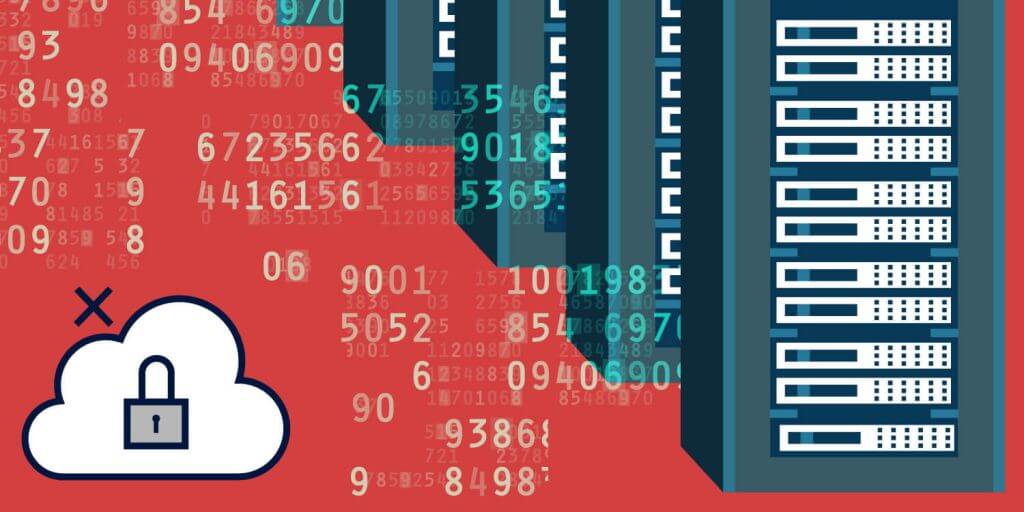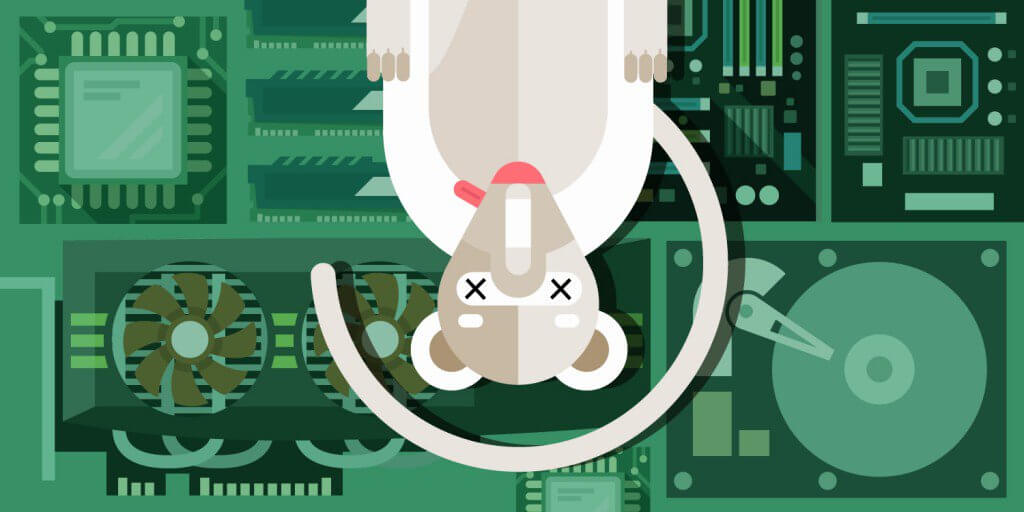How to Assess Server Health the Easy Way
If network infrastructure is the backbone of modern business, the servers it connects would be the brain. Enterprises rely on these machines for data storage, processing and associated business apps. It comes as no surprise, then, that maintaining server health is one of your highest priorities.








